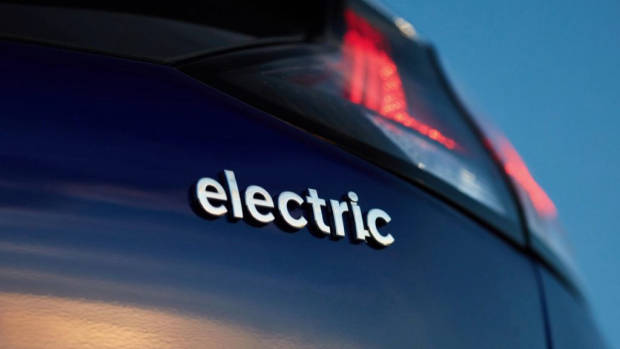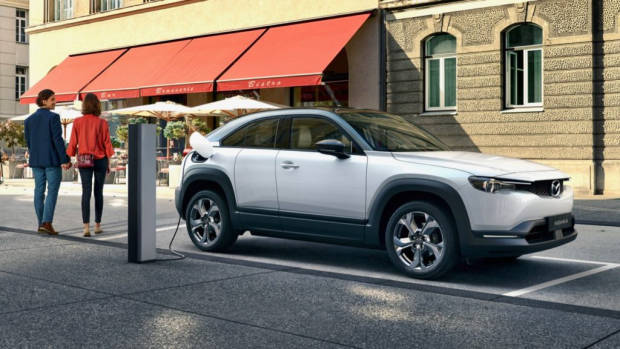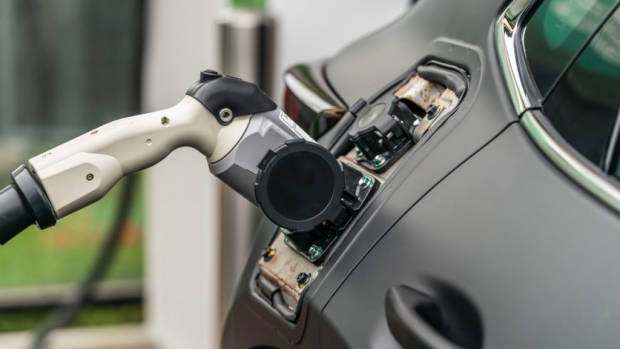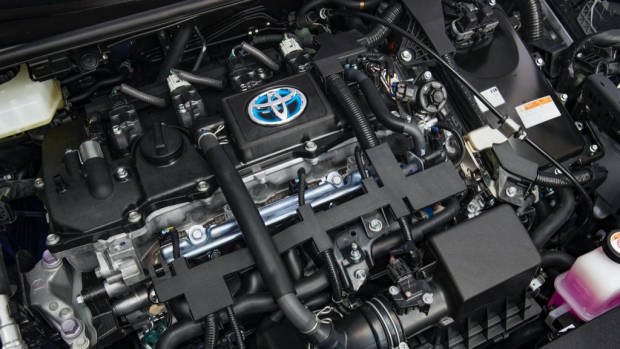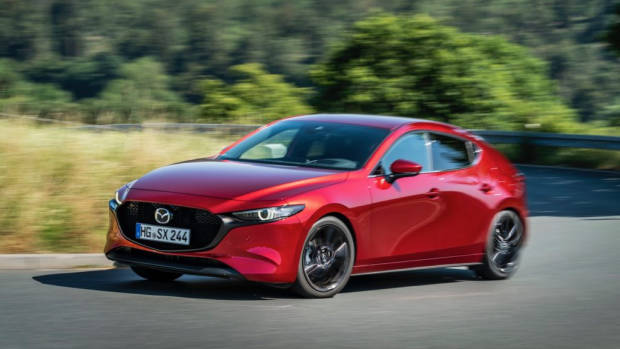-
Car Reviews
- All reviews
- Midsize SUVs
- Small cars
- Utes
- Small SUVs
- Large SUVs
- Large cars
- Sports SUVs
- Sports cars
- Vans
Latest reviews
- Car News
-
Car Comparisons
Latest comparisons
- Chasing Deals
Mazda has launched their plan for “sustainable zoom-zoom” in Australia, with the company targeting a goal of 50% reduction in emissions from ‘well-to-wheel’ – a perspective that takes into account all steps of vehicle production, from the first concepts to eventual disposal. Mazda say that different solutions will be required in different world markets – which means that full electric vehicles may not be considered appropriate for Australia at first.
We’ve heard plenty about this regional approach at a high level from Mazda, but the specific outcomes for Australian buyers are becoming clearer. We were present for the unveiling of Mazda’s first battery electric vehicle – the MX-30 SUV – this year, but senior product planners within the Japanese brand continue to debate the right time to bring the 250km-range EV to Australia.
Mazda’s approach is distinctly different to that of Toyota, which has slowly built up the profile of electric-hybrid vehicles in Australia over two decades. Fuel-sipping hybrid versions of the popular RAV4 SUV and Corolla small car use about half the fuel of their petrol-only siblings but cost little more to purchase. Mazda will dip a toe into the water of mild hybrid motoring in Australia next year with the release of the new Skyactiv-X petrol engine.
Mazda executives rightly point out that many hybrid Toyotas are pressed into fleet service, skewing the numbers, but there is little doubt that private buyers are becoming more aware of their carbon footprint. ‘Self-charging’ hybrids, as Toyota call them, allow an easy way to cut fuel use – and therefore CO2 emissions. Surely following this precedent would be an easy win for Mazda.
The brand has an answer for why they’re not going to do that – and it’s all down to well-to-wheel. With debate starting to pick up around the total emissions of electric vehicles – taking into account the emissions-intensive battery production process – there is a discussion to be had around comparable emissions of battery EVs and efficient combustion vehicles.
Controversy has brewed in the pages of the UK’s progressive Guardian newspaper in recent months with competing studies examining whether EVs add or subtract from improvements in the total emissions of vehicles on German roads. Germany is one of Europe’s more carbon-intense economies – but Australia is further behind that, with only 17% of energy generated from renewable sources.
Australia’s Green Vehicle Guide suggests that charging a Tesla Model 3 in a typical Australian garage yields total charging and use emissions of 186 grams per kilometre of CO2. While the zero tailpipe emissions of EVs is undoubtedly a positive for respiratory health in cities, the total fuelling and use emissions of 133 grams per kilometre of CO2 for the Toyota Camry hybrid is a revealing statistic. However, as Australia’s grid becomes greener, the numbers will slowly shift in favour of EVs.
But that is what well-to-wheel is all about. Mazda want to send appropriate vehicles with appropriate drivetrains to appropriate countries at appropriate times. In the case of full electric vehicles, the natural conclusion is only sending them to Australia en masse when their total emissions is comparable or better than an efficient combustion vehicle.
Now, obviously these numbers do not paint a full picture of EV emissions. Australia has a world-first takeup rate of household solar – and more powerful solar systems have the potential to charge a full EV off the grid, bringing charge and use emissions to zero. However, on the other side of the ledger, these numbers also do not factor in the emissions in building batteries, often in coal-powered factories, or extracting oil to power combustion vehicles.
It’s due to this current conjecture and confusion that Mazda Australia are holding their electric cards close to their chest. Marketing director Alastair Doak is guarded about Australia’s position in the overall well-to-wheel philosophy.
“You can be too early with these things – [and] then you have to do the heavy-lifting of education and infrastructure, or you can be too late and miss the boat – so you just want to be in that sweet-spot somewhere,” says Doak.
The diversity of opinions regarding Australia’s suitability for EVs is a major point of contrast in the automotive industry. For example, Hyundai Australia’s future mobility boss Scott Nargar told Chasing Cars last month that had Labor government been elected federally earlier in 2019, the government would have been much more progressive with funding infrastructure and altering market regulations to support the purchase of EVs in Australia.
In the minds of Nargar and other outspoken figures in the burgeoning local electrification space, there is a role for car importers in leaning on governments to alter the nature of the energy production mix – and a role in supporting major infrastructure stakeholders like Chargefox.
Mazda Australia’s managing director Vinesh Bhindi agrees that the federal government has to do its bit, noting that his philosophy is on the generation side – rather than simply bringing down the purchase price of EVs without making the energy network greener. “They need to focus more on the generation of renewable energy instead of incentivising private purchasing habits,” Bhindi argues.
There is no question that Mazda’s most senior powertrain bosses see the future as including a rich mix of electrified vehicles – but this Japanese brand does not agree that it is up to governments out outlaw combustion engine production. Cleaner energy production will benefit more than just the automotive industry too. In Mazda’s view, moving emissions from tailpipe to powerplant isn’t the answer.
Just because the BEV is facing conjecture and an uphill battle dealing with government policy in Australia, it doesn’t mean it’s the wrong way forward though in Mazda’s eyes, with Mr Doak adding that Mazda is “not ruling any [EVs] in or out at the moment, but they are available to us, and it’s our responsibility to make sure we have the appropriate powertrain at the appropriate time.”
The multifaceted nature of Mazda’s sustainable plan indicates there still isn’t a clear, one-size-fits-all green solution in Australia.
In the meantime, the brand will continue to offer the engines that they see as a good fit in Australia, both from a business perspective and within their well-to-wheel philosophy. There are plenty of benefits from EVs as we know already, from providing cleaner city air to better NVH and weight distribution. Obviously, Mazda obviously know this – but with the current government’s slow push toward renewable energy, it’s hard to see a major acceleration of EV uptake in Australia in the medium term.
To contact the editor responsible for this story:
Email tom (at) chasingcars.com.au
Latest news
About Chasing cars
Chasing Cars reviews are 100% independent.
Because we are powered by Budget Direct Insurance, we don’t receive advertising or sales revenue from car manufacturers.
We’re truly independent – giving you Australia’s best car reviews.
